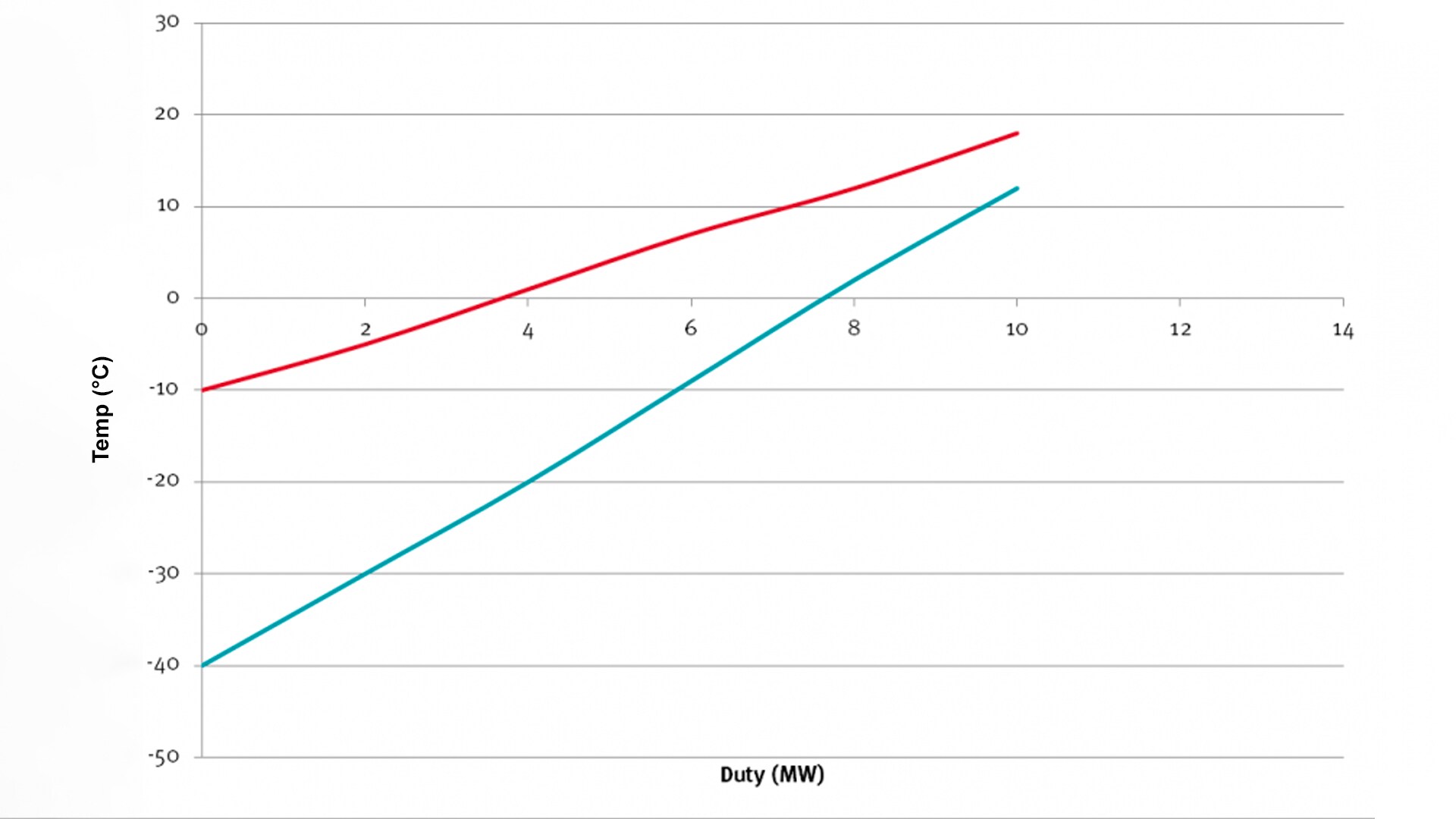Division Content:
The creation of a solid heat transfer core with no joints, gaskets, or brazing produces heat transfer units with the very widest performance window.
As a result of Heatric’s advanced manufacturing processes, PCHEs are far more resistant to temperature fluctuations and the effects of thermal fatigue when compared to conventional exchangers such as shell and tube exchangers. These units are far more susceptible to these types of stress and fatigue. The robustness of Heatric’s PCHEs leads to reductions in the overall costs associated with repair and maintenance as a result of of their resistance to demanding environments and their high structural integrity.
Heatric Printed Circuit Heat Exchangers (PCHEs) are capable of operating in temperatures from cryogenic to 980°C (1,800°F), and pressures up to 965 bar (14,000 psi).

The very close proximity of process fluids within a diffusion bonded heat exchanger core creates an exceptionally high heat transfer rate with correspondingly high efficiencies (up to 98%) and allows close temperature approaches of up to 2o°C.

Lower capital and operational costs by reducing coolant flows
This brings major operational benefits to the installation:
- Reduced pumping requirements resulting in lower capital and operating costs
- Smaller diameter piping system requirements resulting in;
- Lower installation capital costs
- Reduced weight and space requirements
- Greater mechanical and routing flexibility for pipework
- Smaller coolant inventory reducing overall operating weight of the system, reducing structural support required at installation
Due to the relative low internal volume of Heatric PCHE exchangers, coolant flows can be substantially reduced when compared to traditional units.

Need Help?
